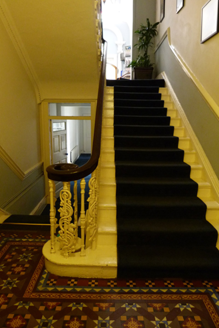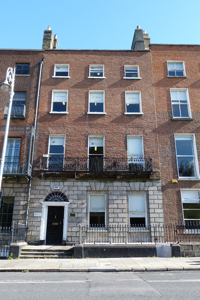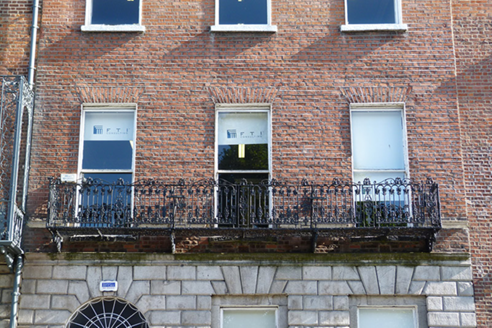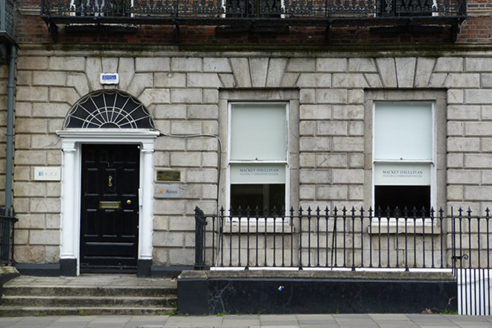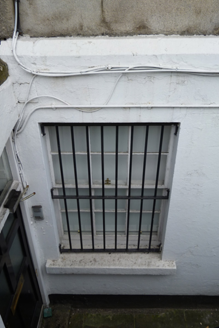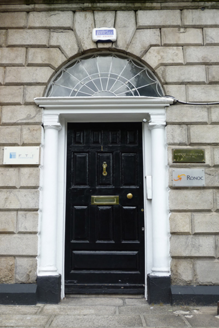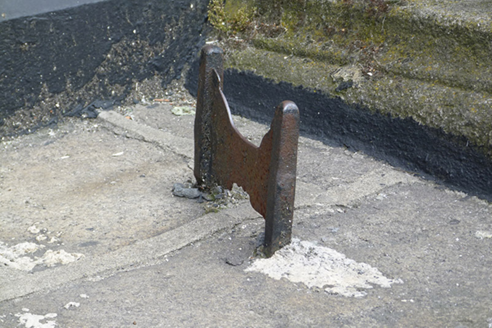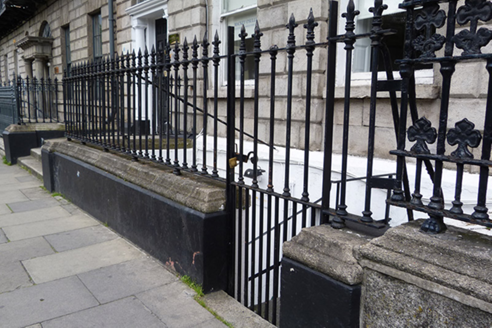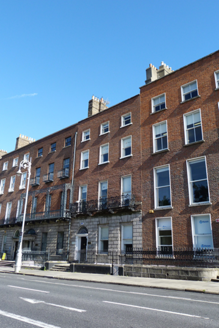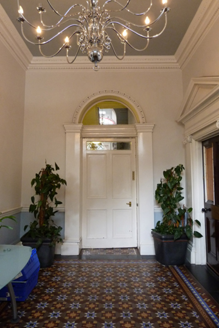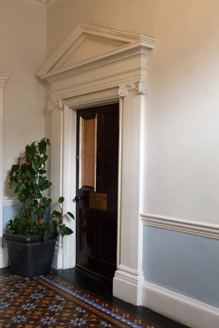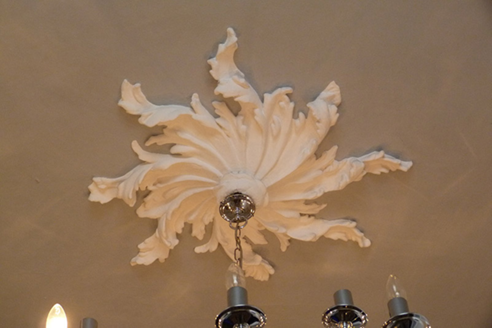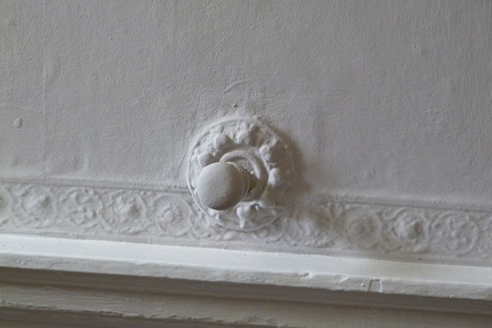Survey Data
Reg No
50100357
Rating
Regional
Categories of Special Interest
Architectural, Artistic
Original Use
House
In Use As
Office
Date
1755 - 1775
Coordinates
316655, 233689
Date Recorded
09/08/2016
Date Updated
--/--/--
Description
Attached three-bay four-storey former house over basement, built c. 1765, having small two-storey over basement return to rear with three-bay two-storey over basement block to rear of latter. Now in use as offices. Pitched roof to front, behind brick parapet with granite coping, and two pitched roofs to rear perpendicular to street, west pitch being narrower and having skylights and gabled to rear and larger pitch being hipped to rear. Rendered and brick chimneystacks to party walls with clay pots. Cast-iron rainwater goods to west. Flemish bond red brick walls with granite stringcourse, rusticated granite walls to ground floor and rendered walls to basement, rear and returns. Square-headed window openings, diminishing in height to upper floors, with raised rendered reveals, painted granite sills; ground floor openings having recessed granite reveals and granite keystones and sills. Replacement one-over-one pane timber sliding sash windows to ground floor upwards, and six-over-six pane to basement with recent steel grilles. Apparently timber sash windows to rear, with group of three to top floor of west bay. Ornate cast-iron balcony to full-width of first floor. Segmental-headed door opening having doorcase comprising engaged Doric columns, painted moulded masonry cornice, batwing fanlight and eleven-panel timber door with brass door furniture. Granite platform with cast-iron boot-scrape and three granite steps. Cast-iron railings on carved granite plinth enclosing basement area. Entrance hall and stairs hall have moulded dado rails and dentillated plasterwork cornice, with plasterwork rose to entrance hall ceiling, square-headed door openings with panelled doors, that to stairs hall having pilasters, deep moulded cornice and decorative archivolt, and that to front room having Ionic pilasters and pedimented over-door; stairs hall having timber open-string staircase with cast-iron balusters and mahogany handrail; ground floor rooms having deep timber skirtings, moulded chair rails, chimney breasts with marble chimneypieces, servant's bell to south wall and square-headed door openings with lugged-and-kneed timber architraves, dentillated plaster cornices and ceiling roses; return has coved ceiling and square-headed window stained-glass margins. Rendered wall to rear boundary.
Appraisal
No. 10 was built, as part of the original development of Merrion Square, by John Taylor, a carpenter, and has a fine full-width cast-iron balcony, added during a remodelling in the nineteenth century. The red brick and rusticated granite walling provide textural and tonal variation to the otherwise modest façade. The doorcase provides a relatively modest focus and has a fine fanlight, and the railings to the basement area enhance the setting. The interior displays good joinery detailing, an especially fine doorway and decorative polychrome tiled floor to the entrance hall, and some good plasterwork and other details. It makes a strong contribution to the early character of Merrion Square, which has been well retained along this northern stretch. Laid out as part of the Fitzwilliam Estate, the square is one of the best-preserved Georgian streetscapes in Ireland. The north, east and south sides are lined with terraced houses of eighteenth and nineteenth-century date, while the west side is terminated by the garden front of Leinster House. The houses maintain a relatively uniform building height and design, attributed to standards promoted in Fitzwilliam's leases. Individuality was introduced through the design of doorcases, window ironwork and interior decorative schemes.
